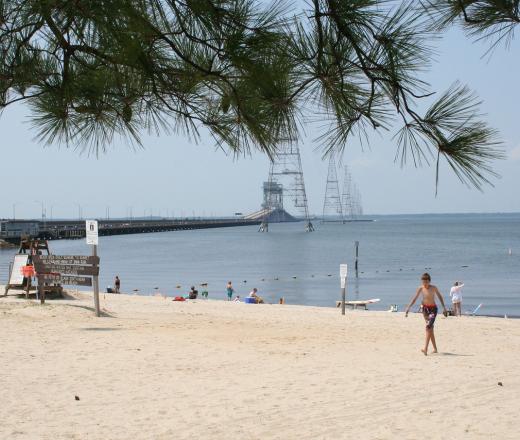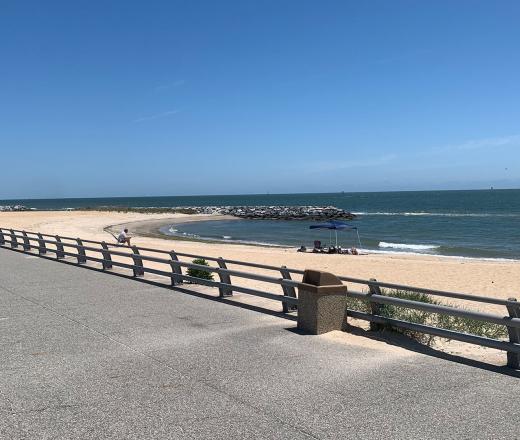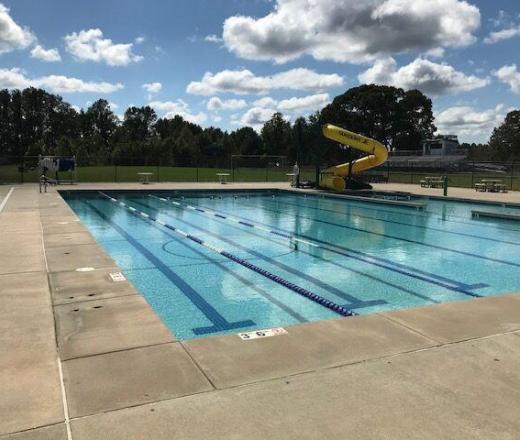Water Safety and the Y
The YMCA invented group swim lessons, and for more than 100 years, families have turned to the Y to learn how to swim in a fun, safe, and inclusive environment. Thanks to Y swim lessons and our comprehensive Safety Around Water program, we teach thousands of kids water smarts and life-saving skills yearly.
Support Water Safety Month
Consider donating today to support children in your community. Even the smallest donation can provide swim lessons to children regardless of their ability to pay. This means more children are allowed the opportunity to learn lifesaving skills and enjoy the water safely.
Water Safety Tips
So, when prepping for summer this year, add these water safety tips to your toolkit – they will help build confidence and a lifetime love of the water.
- Never Swim Alone
Keep your kids from swimming alone, despite how strong of a swimmer they seem or claim to be. The buddy system exists for a reason. Before leaving for the pool or beach, designate specific swimming buddies for everyone in your group, including yourself. No one is too old for water safety.
- Always Wear a Life Vest
Young children or inexperienced swimmers should always wear a Coast Guard-certified life jacket around water. Many products on the market claim to help children stay afloat, such as water wings, floaties, pool noodles, etc., but these are not a substitute for life preservers or lifesaving devices in a genuine emergency. Use these products only when a parent or trustworthy adult is within arm's length of the child's use.
- Don’t Jump in the Water to Save a Friend
If a child sees their friend struggling to keep their head above water, their first instinct may be to help. However, doing so could lead to both people drowning. The Y’s Safety Around Water program recommends the “reach, throw, don’t go” technique, which involves using a long object to pull a struggling swimmer to safety. By using this technique, children can help their friend without putting themselves at risk.
- Stay Away From Pool Drains
It is a good idea to show your child what the pool drain looks like and explain the importance of staying clear before they even begin playing. Children's hair, bathing suits, and even limbs have become stuck in broken or faulty drains, which can lead to drowning or severe injury. Teach children to avoid these areas in pools, especially if a drain is missing a cover or appears otherwise broken. If you notice one that seems to be operating incorrectly, report it immediately.
- Stay Within Designated Swim Areas
Whether swimming in a pool, ocean, or lake, staying within the designated swim areas is vital to staying safe. Teach children about ropes and why people use them to divide a pool. Never encourage a child to swim in water deeper than their abilities will allow, and, especially if you're swimming in a lake or ocean, always follow guidelines local lifeguards have established. They are familiar with the water and, in the case of lakes and seas, know enough about how it changes from day to day to make wise and up-to-date safety recommendations.
- Call 911 For Help
Although these safety tips will help to inform children and parents on how to be safe around water, accidents happen. Know what you can do to help by following the safety tips above, and always call 911 if an emergency arises. It may be the difference between life and death.
- Learn CPR
While we hope your family will follow all these guidelines and stay safe in the water, the unfortunate truth is that accidents happen. If a drowning incident or pool-related accident occurs, bystanders are typically the first available to react and respond. As a parent supervising children, you must be familiar with lifesaving techniques, including CPR for children and adults. Knowing how to perform CPR can be the difference between life and death. Get your CPR certification — and keep it current — through the American Red Cross, your local hospital, or other community organizations.
To learn more about water safety, view our post and hear from our very own Elizabeth Elam.
Meet Michael
Check out Michael's incredible story below to hear how our second-grade learn-to-swim program is helping kids stay safe.
Water Safety Community Day
We are excited to host our first drowning prevention event for the community. We will go outside our walls to serve in different areas of our community while providing water safety education.
When
- June 8, 10 a.m.-12 p.m.
Event Sponsored by

Join Us At These Locations
Support Water Safety Month
Consider donating today to support children in your community. Even the smallest donation can provide swim lessons to children regardless of their ability to pay. This means more children are allowed to learn lifesaving skills and enjoy the water safely.



